|
One early evening after a photographic trip to the Avon valley, I came across a local photographer returning to his car. He was dressed head to toe in camouflaged kit and carrying an extremely long lens. He told me that if I wanted good shots of hares then I should try the footpath he had just been on that ran up the hill from the Avon valley, starting opposite the car park. Yet another example of local knowledge being essential for the completion of my book.
I also gathered from local people some interesting information. A few years ago there were so many hares on this downland hill that there was a regular shoot when hundreds of hares were shot each time. There are no longer the numbers seen in those days but with some local help I identified where and when to look out for my photographic quarry. It took several two hour searches late afternoon in spring. Hares are shy and normally as you approach all you will see is their white tail as it scampers off ( see above)! However a local dog walker has experienced hares coming right up close to his dog. Reason? Because the hare is bravely distracting the dog from the leverets in the nearby shallow nest (called a form) in a depression in the field. I did manage a few long range shots of hares grazing on the wide grassy margin of the footpath, but I was not going to get close enough without resorting to a hide or extensive camouflage and lengthy waits. This is not practical with my enforced logistics for completing the book. I ventured further onto the hill to find a field with a growing crop which provided more cover for the hares. I then waited patiently for an hour or so and kept still. The local farmer stopped by for chat and seemed unfazed by me sitting at the side of his field, indeed he was interested in my project to gather together images and record the wildlife before more species disappeared from the landscape. On the second trip, the light was kind and I was rewarded with a hare tentatively poking its head above the crop and then another one, a fair distance away, being a bit bolder and peering round briefly before vanishing. It was late, but I got my shot.
1 Comment
Spring is the best time to see hares. These wonderful characters are most likely to be visible on the chalk downs while they go about their mating activity.
On the rather barren hill tops near Salisbury plain there are protected areas for the very rare Stone Curlew. I went looking for them to get images for the book but I did not succeed due to the combination of not having permission to get close and the amazingly effective camouflage of the birds. They are not really representative of chalk streams and the valleys but would have made great images. What I did see was the mating activity of the many hares in one of the nature reserves. An example image is above. Not really one for the book but an interesting shot. The nature reserve was some way from the river valley so for the purpose of the book I wanted images of hares in the river valley or the downs immediately above. Continuing the theme of winter scenes on the chalk streams, it is sometimes worth getting up early (really early if you have to drive for an hour and a half first) to capture dawn in the the winter. This needs a little planning and faith in the weather forecasts. The sun rising after a freezing night creates wonderful light with the mist coming off the water. This image was shot in January from a public footpath along the Itchen. I am standing in a foot of water to get the right angle for the shot. While my camera club members might disagree, I rather like the effect of the multi-coloured glare on the lens.
It easy to forget that in winter there are scenes worth visiting on the chalk streams. During the colder months, good friend Nick Gooderham organises walks for a group of us along the chalk streams. It helps to blow away the winter blues. The focus is photography and it usually starts with a local expert giving us clues on what to look out for on the walk. Alternatively, one of the group gives a short introduction on a photographic topic. I led one of these and then guided the group to likely subjects to photograph on the walk. I therefore had little time for my own photography but managed a couple of snatched shots shown here. Even the bull rushes and teasels look good in their winter clothing. One of the images ended up on the panel of prints I submitted for the Royal Photographic Society LRPS distinction. Stuart Mcteare, Head Keeper of the Piscatorial Society, has been very helpful with my endeavours to get the target shots for the book. He knew there were kingfishers nesting near his house on the Avon, so I tried a number times to locate the birds to get my shots. Inevitably, after spending a couple of unfruitful and uncomfortable hours staking out likely spots, I came back to base to chat with Stuart when of course the kingfisher flashed by us! Much to the amusement of Stuart and others who had seen me on several occasions wandering back and forth on a fruitless search loaded down with camera gear.
|
Story of the bookArchives
November 2020
Categories |
Proudly powered by Weebly
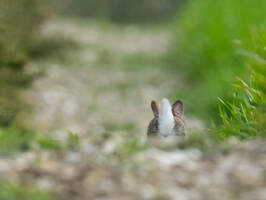
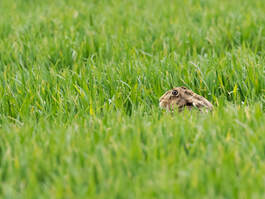
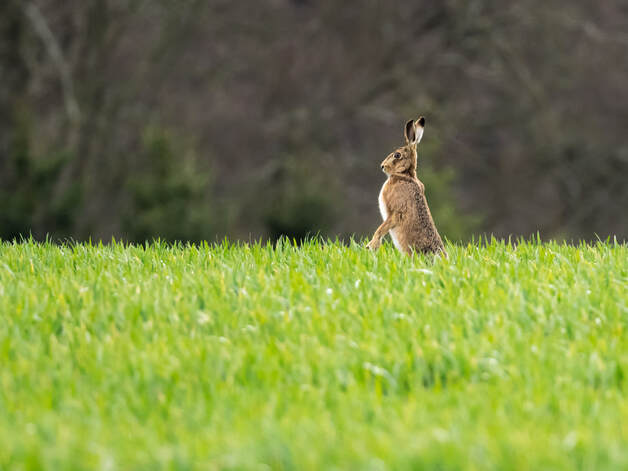
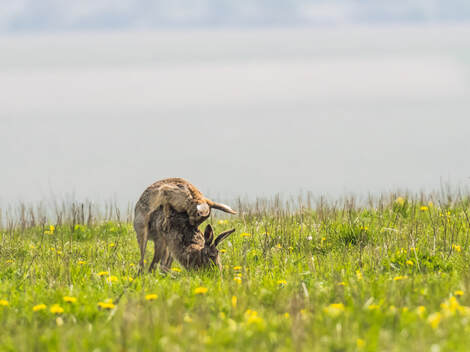
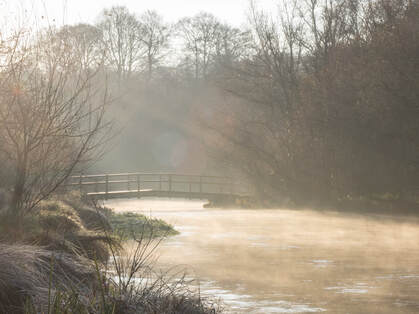
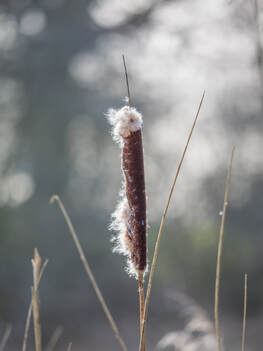
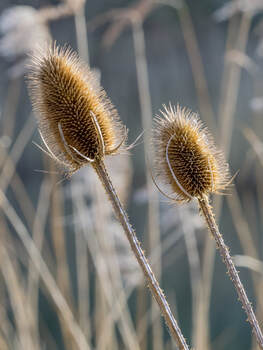
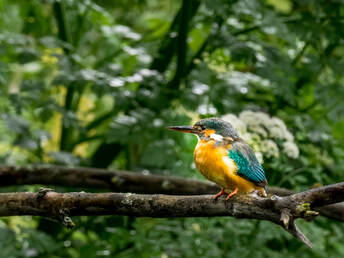
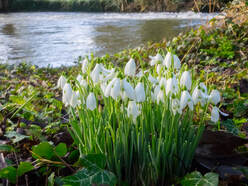
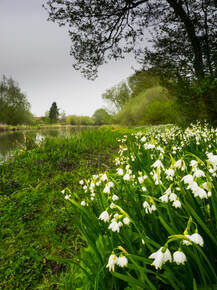
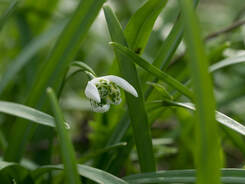
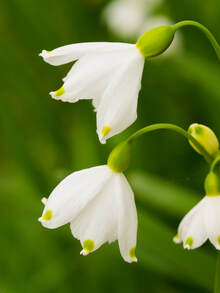
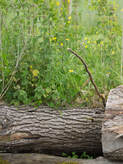
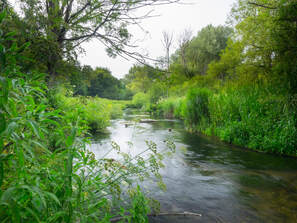
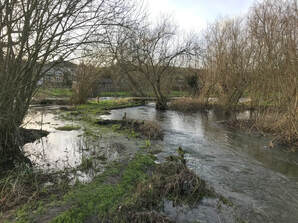
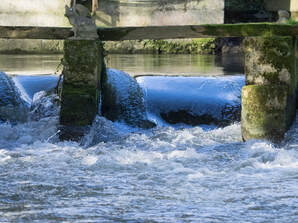
 RSS Feed
RSS Feed